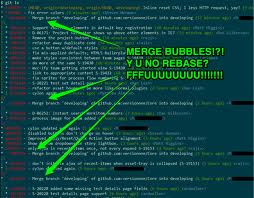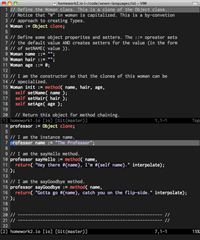When I started writing tests, around 2005, I was stoked just to have the tests.
When I started writing tests first, around 2006, I was excited because I was Doing The TDD.
A couple of years later I found that writing tests was getting really painful.
Painful because they were so damn hard to set up, and painful because I had to wait too damn long (on the order of 10-15 minutes) for the test suite to run.
I reacted to the pain by changing how I write my tests; I discovered mock objects.
My tests got faster, but they were still painful.
A realization
In 2008 I was talking with Corey Haines about test pain, object-oriented design, and “listening” to the former to influence the latter.
Scott Bellware also contributed much insight, forcing me to really think about what I hoped to gain from writing tests.
Those conversations help to crystallize it for me: the root cause of the pain was not the tests, but the design of the code under test.
I had been doing test-first development, not test-driven design.
In the years since I’ve honed my technique for driving design by listening to tests and I continue to seek out the ideas and experiences of others.
The Ruby and Rails communities have accelerated this path for many.
I would say it’s not uncommon for new folks to get started where I was in 2005 or 2006.
What’s more exciting is the growing numbers who are starting to feel some pain in how they test.
The next step is to become more aware of that pain; lower your pain threshold, and then make it stop hurting.
It’s a journey
It was by no means an overnight endeavour.
It literally took years of work for me to figure this out, and I’m I’m still learning.
I hope by putting my experience out there, yours can be better, faster, MOAR!

 Why does Rails’
Why does Rails’  Don’t believe me? Check out the pretty log to the right. See all
those merge bubbles in there? Eww!
Don’t believe me? Check out the pretty log to the right. See all
those merge bubbles in there? Eww!